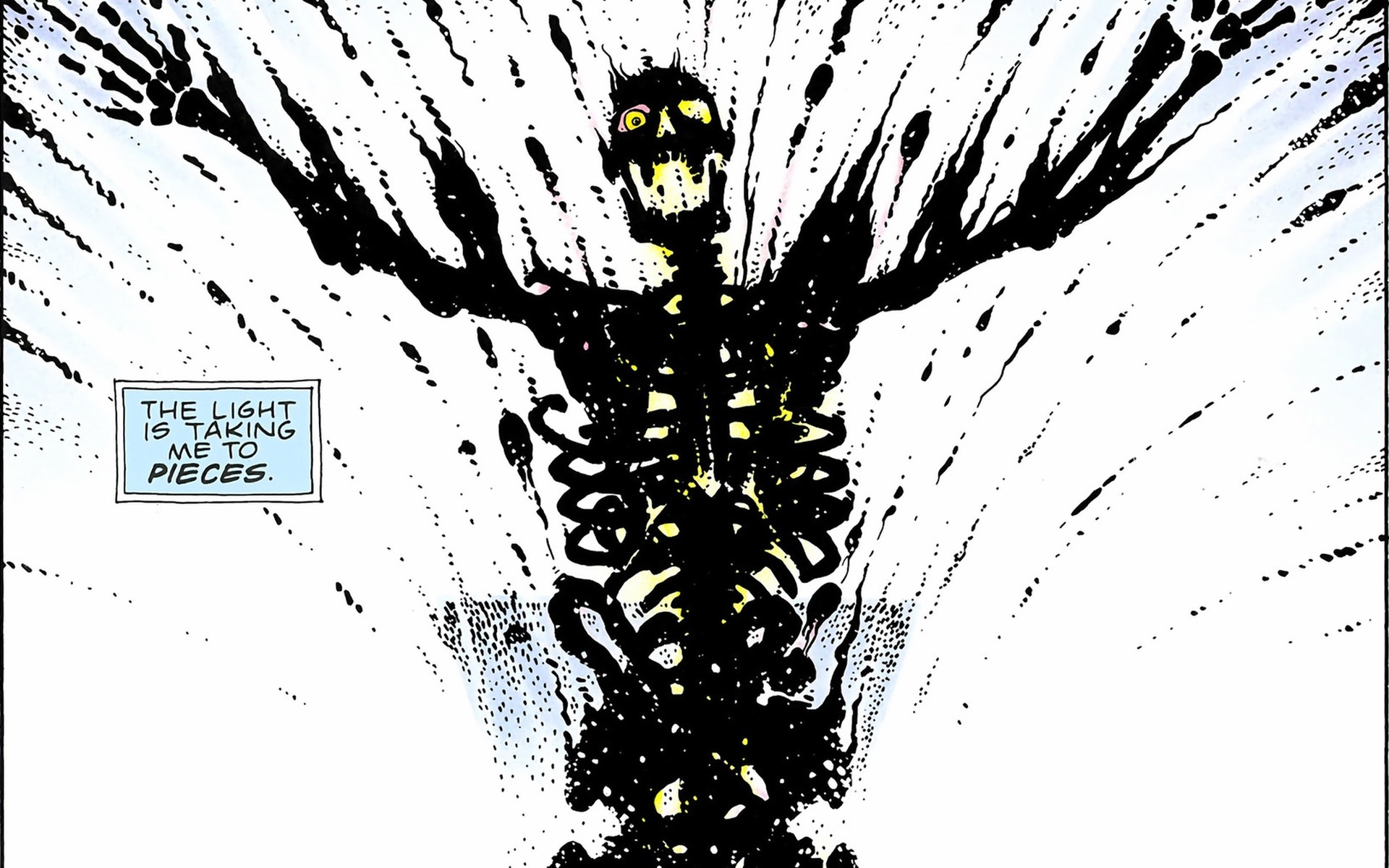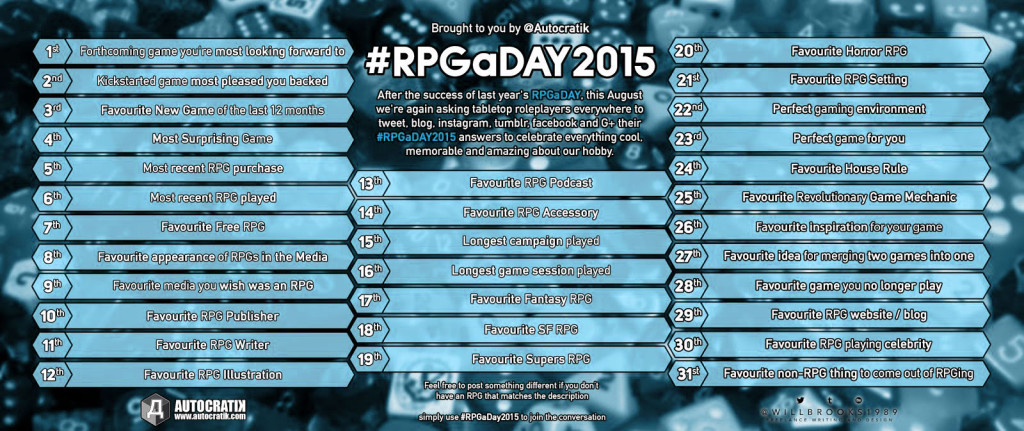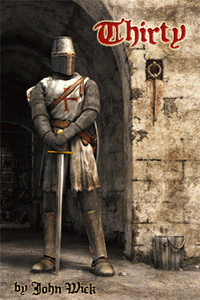I’ve only heard of one other group coming up with this idea, and that was John Wick for his gaming group, so I know it’s a good idea we stumbled across. John’s version took the concept a step further than our group’s idea of using lenses, as in “we view the campaign through a different lens”.
This was actually Bo’s campaign ((Yeah, that Bo — the one who later went on to produce Tabletop.)) he was running while we were out from the gaming scene with a newborn. I think he started the game off with the d20 system, then switched over to a generic RPG system he homebrewed. ((The intent was to develop it and bring it to market, but that will never happen.)) Like I tend to do, Bo ran the game like television seasons: a major storyline through a series of episodes, then a break and retooling for the next season. We joined up in season three and he wanted to test his system in different settings with different approaches, so he came up with the idea of just playing the same campaign as viewed through different lenses. When the game started, it was somewhat based in fantasy d20 basicness. We shifted the lens, and had our next adventure in a steampunk-like world. Then we shifted again and the world was — and has always been — 1930s pulp action. Then we shifted again and we’d have a Cold War feel. All the elements changed to adapt the setting and theme: Xochipulti’s magic staff became the Hellfire Pistol, Morgan’s pirate ship became a zeppelin, and Mandi’s steampowered babbage machine became a neon-fire cyberdeck. Once the lens shifted, we went on to the next adventure. ((The antagonist of the piece originally began as a god-like force that possessed a character’s beloved. By the time we got to my lens, I cribbed from the Watchmen comic and used Dr. Manhattan’s origin for her.))
It was quite clever.
Then, a few years later (and maybe an hour and a half drive away to the north), John Wick came up with The Flux. The Flux was similar to our Lensing, but it took thinks a step further. Instead of just recasting the world under a new light, The Flux actually changed the world in-game. The game world comes to an end, resets, and recasts the same people in different positions. Everybody in this new world knew that this world was the only reality that existed — and had existed — since the dawn of time: decades, centuries of history sprung into being, even though the world was only hours, minutes old. So: we were playing World of Darkness. Now we are playing Pendragon. But — crazy thing here kids — sometimes, your Arthurian Knights have flashes to their time as Changelings in Minneapolis. They’re new characters, but not. It’s a way to explain why you’ve got a similar band of five people hanging out with each other.
Also, quite clever.




 I’ve never really picked up any of John’s big games: 7th Sea, Legend of the Five Rings, or even Houses of the Blooded. Everything I have of Wick’s has been his little games. Thirty is the closest thing to one of his big games, but it’s not. It says so in the name, which truthfully is Thirty: A Little Game about a Big Secret.
I’ve never really picked up any of John’s big games: 7th Sea, Legend of the Five Rings, or even Houses of the Blooded. Everything I have of Wick’s has been his little games. Thirty is the closest thing to one of his big games, but it’s not. It says so in the name, which truthfully is Thirty: A Little Game about a Big Secret.